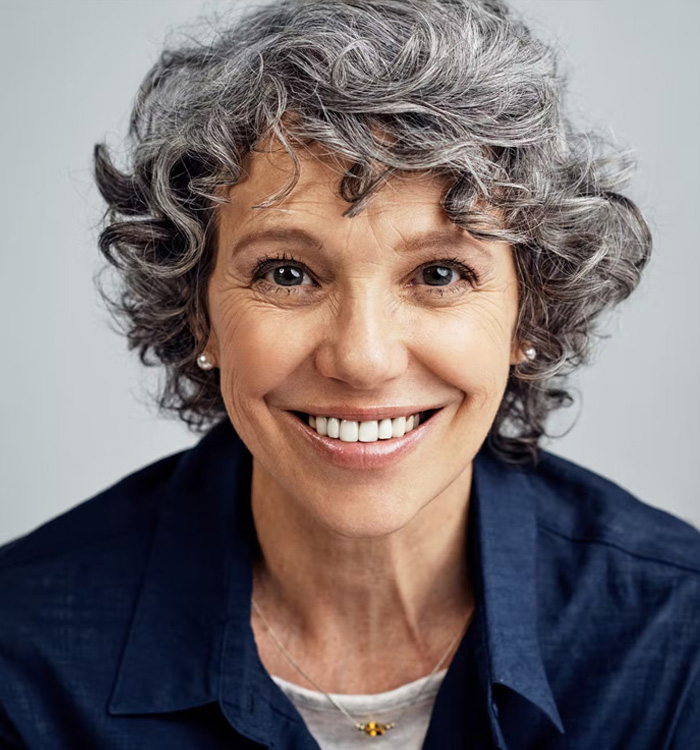Dermatochalasis can lead to a range of cosmetic concerns for affected patients. In significant cases, the eyelid can even begin interfering with vision and comfort. With treatment for dermatochalasis at Nevada Eye Plastic Surgery, Dr. Ko can provide patients with a more alert, energized appearance.
NEVADA EYE PLASTIC SURGERY

What Is Dermatochalasis?
While dermatochalasis and ptosis may look similar, they are caused by different factors. Both conditions can result in a tired or baggy look to the eyelids, but dermatochalasis occurs because of excess eyelid skin. In contrast, ptosis is caused by issues with the eyelid’s muscles. Dermatochalasis typically affects the upper eyelids, though some patients may have it for the lower eyelids as well. One or both eyelids can be impacted, leading to a tired or disinterested expression, even if you feel nothing of the sort.
How Can We Treat Dermatochalasis?
Dermatochalasis treatment involves a straightforward surgery to remove the excess skin and reposition the eyelid. However, for optimal results it is key to work with the right surgeon. Dr. Ko is board certified in both ophthalmology and oculofacial surgery and thus a specialist in the unique and complex structures of the eyelid. His goal with each procedure is to provide cosmetic and functional improvements while keeping results that look and feel natural.

Key Benefits to Treatment
- Restore an alert, interested appearance
- Improve self-confidence
- Long-lasting, natural-looking results
- Shorter recovery period
- Restore eyelid symmetry and balance
- Reduce impact on the field of vision
What Is the Recovery Like?
Recovery can vary from patient to patient, but most dermatochalasis procedures are mild in terms of recovery. A few key aspects of the recovery period include:
- Taking 1 to 2 weeks off from work. This allows you to focus on healing.
- Avoiding strenuous activity for a few weeks. Physical activity can interfere with your healing and results.
- Mild swelling, bruising, and discomfort. But these can be managed with aftercare.
- Follow-up appointments will be made to track your recovery and outcomes.
- Gradual return to physical activity and full routine following your surgeon’s approval.
If you have questions at any point while healing, call our office. Our friendly staff will work with you to find the answers you need.
When Can You See the Results?
Patients can expect to begin seeing the results about 1 to 3 weeks after their surgery. While any excess skin from dermatochalasis is removed in the procedure, patients need to wait for swelling to fade before they can enjoy their results. Fortunately, the initial swelling quickly does so over a couple of weeks. However, residual swelling can take longer to fade. While this is not quite noticeable, it does mean that it can take several months for your tissues to fully settle into their permanent position.
Is Dermatochalasis Treatment Right for Me?
Deciding if eyelid surgery for dermatochalasis is right for you depends on your symptoms. Functional concerns such as vision impairment or dry eye syndrome are often signs that you should seek treatment. However, cosmetic concerns are no less important, as they impact overall quality of life. If either of these describes your situation, then we recommend booking a consultation to learn if dermatochalasis surgery is right for you. Meet one-on-one with Dr. Ko, a leading oculoplastic surgeon in Reno with extensive experience in helping patients with this condition.

NEVADA EYE PLASTIC SURGERY
Book Your Consultation
Learn more about our full suite of oculofacial procedures and start on your path toward experiencing relief from dermatochalasis today. When you book your consultation for treating dermatochalasis in Reno with Dr. Ko, you can fully discuss your situation in a one-on-one meeting with a leading oculofacial surgeon. We look forward to helping you to achieve lasting cosmetic and functional benefits with a single procedure.



